Preparing for Home Birth: Your Complete Guide and Checklist
In this post, I will discuss what a home birth is, options for a planned home birth, how to prepare, how to make a birth plan, a checklist to help make it easy for you and your birth partner, and some of my personal birth experiences. Most people today have not considered a home birth and go on to have a hospital birth without question. I have had two hospital births and my last three were at home with a certified midwife. My hospital births and natural home births were very different. I will always prefer home birth to a hospital birth experience.
If this will be your first home birth, or birth in general, check out my post where I share my most positive birth stories: Positive Home Birth Story | Birth of a Large Baby!
This post contains affiliate links, which means I make a small commission at no extra cost to you. You can view our privacy policy here.

What is a planned home birth?
A home birth is when a woman gives birth in the comfort of her own home. Generally, there are trained medical professionals, such as an experienced midwife, present for the birth. If no medical professional is present, it is considered an unassisted birth. Other healthcare professionals who can be present at a home birth are known as doulas. Doulas are there to support the mother and family. They go over what the mother wants in her birth space, help manage pain control options, positioning help and so much more. Doulas can be a wealth of knowledge and a fantabulous resource if desired.
However, some states do not allow medical professionals to be present. Please check with your state laws as part of your research for a home birth. Laws will vary by state on who is even eligible for a home birth. For example, here in California, if a woman is carrying twins, diabetic, or any other diagnosis that would consider them high risk (except maternal age), they must receive prenatal care and deliver at a hospital.
Where to start
Once you’ve decided that a home birth is what you want to move forward with, there are many things you can do ahead of time to prepare yourself for the arrival of your new baby. All births require some level of preparation (birth plan) and preparing appropriately for a home birth can help to ensure you have the birth experience that you most desire and will also best equip you for the process.
The most important thing to research and prepare for first is your healthcare team. The rule of thumb is to interview no less than three midwives and whomever would be present at your birth. Depending upon your area, this may not be a realistic number of available midwives, unfortunately. Larger cities and populations will have a greater number than rural areas of course. A good idea is to make sure that you are plugged into the home birth community by joining local social media groups and asking for recommendations. This can be an invaluable step in making the best decision possible for your birth experience.
When you interview a certified professional midwife (CPM), bring your concerns, if any, with you as well. A lot of times when you bring up any hesitations or concerns the midwife can walk you through the process and what would happen. She will also be able to give you some examples of how she has handled situations that had not gone according to plan in the past. The midwife will also know the laws in your area for if you’re eligible for a home birth if that is still an unanswered question.
Some questions to ask your midwife are:
- How long have you been a midwife?
- How many births have you completed?
- How many transfers to the hospital have you had?
- Why did you transfer to the hospital those times?
- What medical supplies do you carry in your medical kit?
- Pitocin for hemorrhages?
- IV supplies?
- Oxygen?
- Do you know how to suture or would I be going to the hospital if I tear?
- Do you have an assistant that comes with you to the births?
- Do you come to my home for appointments or do I come to you?
- Do you have a birth pool I can use?
- Do they carry any pain medication? If so, what?
Please add any questions and concerns to the above list. Take the list with you to each interview and make notes as needed to help make your final decisions. If possible, it is highly recommended that your birth partner be with you for each interview as well. When I was interviewing midwives for the first time, it was my husband who had more concerns than I did. He was able to have his questions answered and he felt reassured after the interviews. We were both able to decide on who to hire as our home birth midwife.
Role of a midwife
The role of your midwife and the role of a doula are two very separate things. The midwife is more clinical and there to make sure you deliver your baby into this world safely. The doula on the other hand is more of a woman’s servant so to speak. A doula is a trained professional who provides continuous physical, emotional, and educational support to their client. This is done before, during, and even after the birth during a postpartum visit.
My midwife was doing her clinical work and making notes while my doula was tending to my needs, helping me with positions and pain management. If you’re able to hire a doula for your home or even hospital birth, I feel they are a great addition to your birthing team.
Midwife care is superior
One of my favorite aspects of hiring a midwife for a home birth was the ability to bring my children along with me and they were able to participate in the appointments. My children have been able to work with the midwife on listening to the heartbeat, feeling the baby move, and asking questions about their new brother or sister. My midwife was always very patient and engaging with the children. Each appointment I had with my midwife was about an hour or so. We had time to get to know her and the entire family was able to be comfortable with her before the big day.
This was not the case when I had an OB in the hospital and their quick 10-15 minute appointments.
Once you have hired your midwife, and maybe even a doula, it is time to educate yourself on the birthing process. A lot of education can come from your midwife and/or doula. Make sure to check with them on what education they provide for you and if they have any suggestions for you based on your health history and current pregnancy.
Education to focus on
Procedures and testing
There are a lot of procedures and testing done during pregnancy today. I encourage you to educate yourself on what each test is checking for, the probability of that test being accurate and safe, and also why it is being recommended. Becoming educated on the topics below is the best way to make an informed decision on them and not a last-minute decision.
Some routine tests and procedures I encourage you to educate yourself on are:
- Glucose monitoring
- Ultrasounds (2D and 3D)
- specifically the 12-14 week ultrasound and again at the 20-week ultrasound.
- Membrane sweeps
- Pitocin
- Cervical checks
- Vaccinations while pregnant
- Erythromycin for baby at birth
- Delayed cord clamping

I will be doing other posts about the above procedures and testing soon. Make sure to check back if you’re interested in that education.
Childbirth education classes
It is important to understand the stages of labor and what to expect with birth itself. Knowing this will help you push through the difficult moments because you will understand what is happening, why it’s happening, and what will come next. This has helped me with each home birth, especially during the transition stage.
There are so many options today for birth classes. The type of birth class that I would recommend goes over the labor and birth process from a physiological perspective first. Once you understand the changes and stages your body will go through, you will become better equipped for the birth.
I have seen online birth classes, hospitals offer birth classes and your midwife may also offer a birth class for her clients. I do not necessarily recommend the hospital birth classes because these will be from the medical model perspective and not consider factors specifically related to a natural birth at home.
Finding a birthing class geared specifically towards a natural home birth is invaluable. In these classes, they can teach you natural ways to labor that are optimal for the woman giving birth and not the practitioner. Labor is hard work and not being prepared can make it that much harder.
Some of the books I have used and recommend are:
The Natural Pregnancy Book by Aviva Jill Romm
Birthing from Within by Pam England and Rob Horowitz
Water Home Birth
My first home birth was a water birth. It was wonderful. Thankfully my midwife had my husband set up and practice well in advance. He practiced attaching the hose and adapter to the sink beforehand to make sure it was easy and that we had the correct parts. We also blew up the birth pool so we could time it and make sure it worked correctly. My midwife supplied the pump to drain the pool, but not all midwives do.
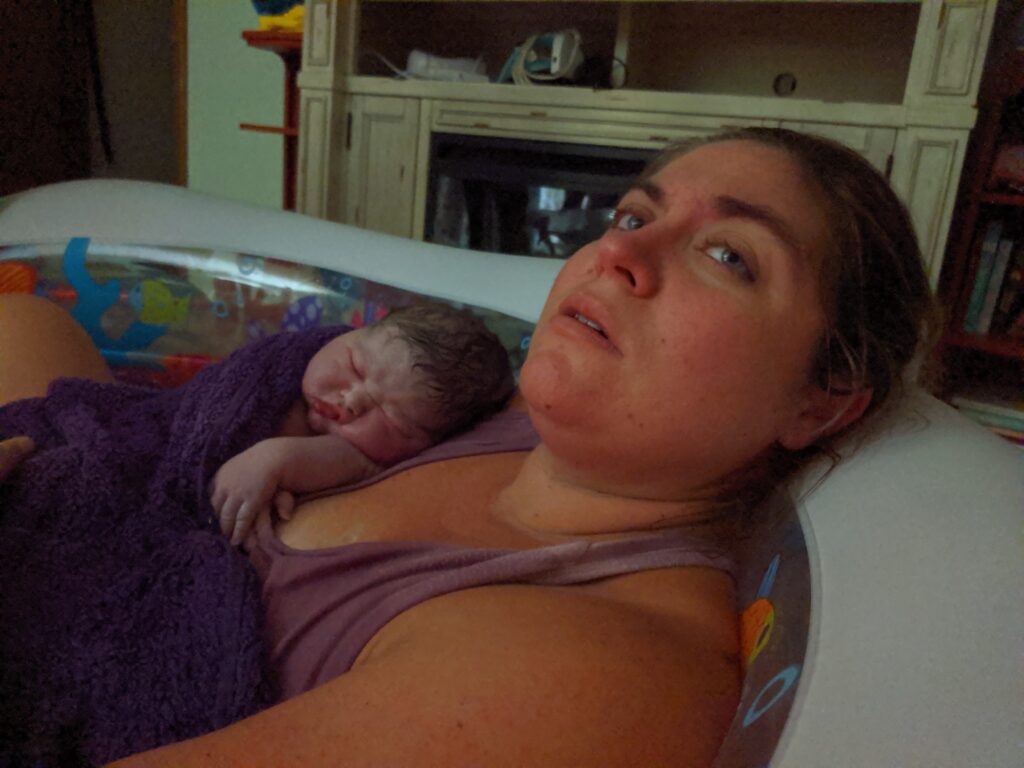
When the time came to set it up to use for labor, we had already gotten those pesky kinks out of the way and it was fast and easy to get going. We weren’t stressed about the setup at all.
My midwife had suggested that we turn our water heater up slightly when we thought I might be going into labor or at least when I was 38+ weeks. We had an older home and it would take a while to warm up. This would help ensure that we would not run out of hot water when the time came. If you have an on-demand water heater this step is probably unnecessary.
This is a great and easy handout on the risks and benefits of water births.
Practicing labor positions
If you choose to buy a book, make sure it has laboring positions outlined for you. These will make it easy to practice beforehand and prepare for what you think will be most comfortable for you during labor. When I was pregnant and my sciatica was really bad, I already knew that I would not be able to do certain positions without triggering that pain. I was able to practice the other positions and become used to them beforehand. It made it easier for me when the time came.
Some specific positions to look into and discuss with your healthcare team are:
- Miles circuit
- Spinning Babies
The above have become very popular and should be readily available to you.
Decide on pain relief interventions
Make sure and discuss your pain relief options with your midwife team. You will have your wants and needs, and the midwife will have their methods. Discussing this beforehand and practicing will make you that much more prepared for labor.
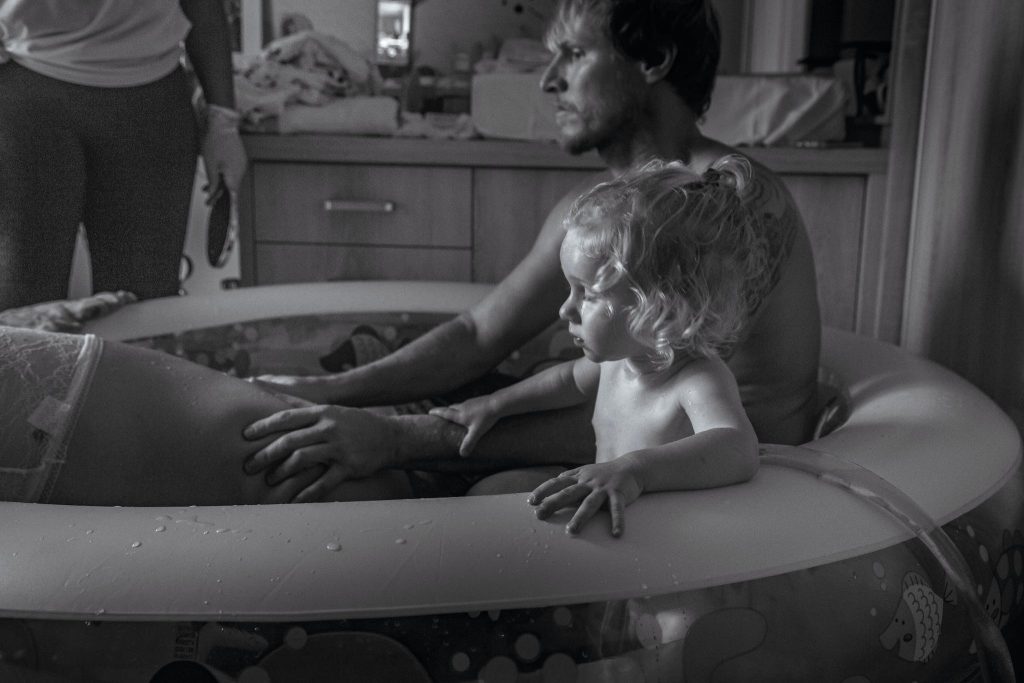
Some pain options will be:
- positioning
- warm water
- tens machines
- saline injections
- warm water bottle
- heating pad
- counter pressure.
Supplies and home birth kit
When you’re having a home birth, you will need to acquire most of the supplies that would normally be available at the hospital.
Laboring supplies can be:
- Birth ball
- Birthing pool
- Rebozo
- Tens machine
- Essential oils
The home birth kit can sometimes be purchased from your midwife or a recommended company. Each midwife will have their particular list of things that they will personally provide and what their clients will have to provide for the birth. The birth kit will generally consist of one-time-use medical supplies for mom and baby. Things like oxygen, IV fluids, medications, and the like, will be from the midwife if medical care is needed.
An example of what is in a birth kit is:
- chux pads
- disposable underwear
- tube of lubricant jelly
- bottle of betadine
- hand scrubber
- peri bottle
- sterile gauze
- sterile gloves
- nonsterile gloves
- sterile bulb syringe
- maternity pads
- biohazard bags
- bottle of rubbing alcohol
- cord clamp
- cotton swabs
Items to have on hand for labor and delivery are:
- waterproof sheets (fitted preferably)
- old sheets (fitted)
- unopened paper towels
- flex straws
- washcloths
- hair ties
- clean towels
- snacks
- electrolytes
- juice
- tea
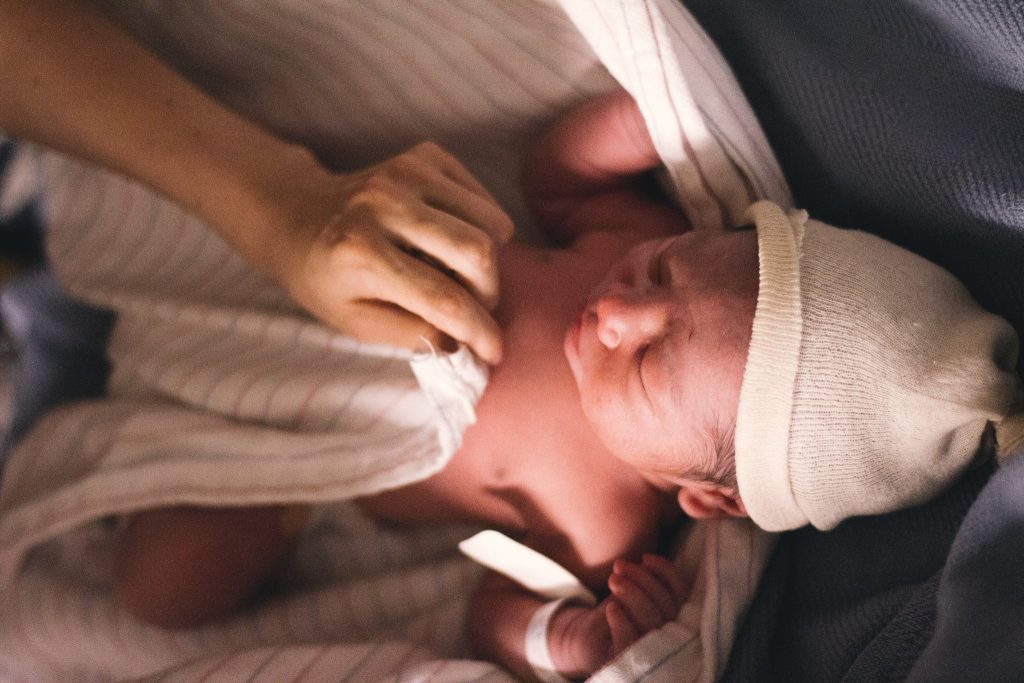
Some supplies to have on hand for a newborn baby include:
- hat
- blankets
- outfit
- ink for footprints
- diapers
- socks
Supplies to have on hand for postpartum care:
- Ease the Ache tincture
- ibuprofen
- sitz bath and herbs
- Earth Mama perineal spray and balm
- belly wrap/binder
- nourishing herbal tea (see recipe below)
- bone broth
- essential oils
Backup plan for hospital
Unfortunately, birth can have unexpected outcomes and require medical intervention. If this happens, having a hospital bag packed and ready, a hospital birth plan in place, and family members available to help with the older siblings and emotional support will be of great comfort.
Creating a hospital birth plan should be somewhat simple after having educated yourself on the above procedure and testing topics. However, having them written out and available in your hospital bag is of great importance.
Usually, if you’re being transferred to the hospital, your midwife will be going with you as part of your healthcare team. The hospital will want to know what interventions have already been implemented and so forth.
Preparing your home for the birth and postpartum
After having your baby at home, you will have the luxury of settling into the comfort of your home right away. This has been my favorite reason for having my last babies at home. There is just nothing that compares to being able to sleep in your own bed. Especially after labor and birth.
I have a post already on Postpartum Must Haves and What to Expect Now
Other children or pets in the home?
If you already have children at home, you may need to consider having someone there to watch them, pick them up or be on call if you need to leave the home. Same if you have pets. Some have chosen to have their children involved in the birth. This will all depend on your personal circumstances of course.
Need more information?
If you are still undecided on home birth or hospital birth, check out my video that details my experiences from my 5 births.

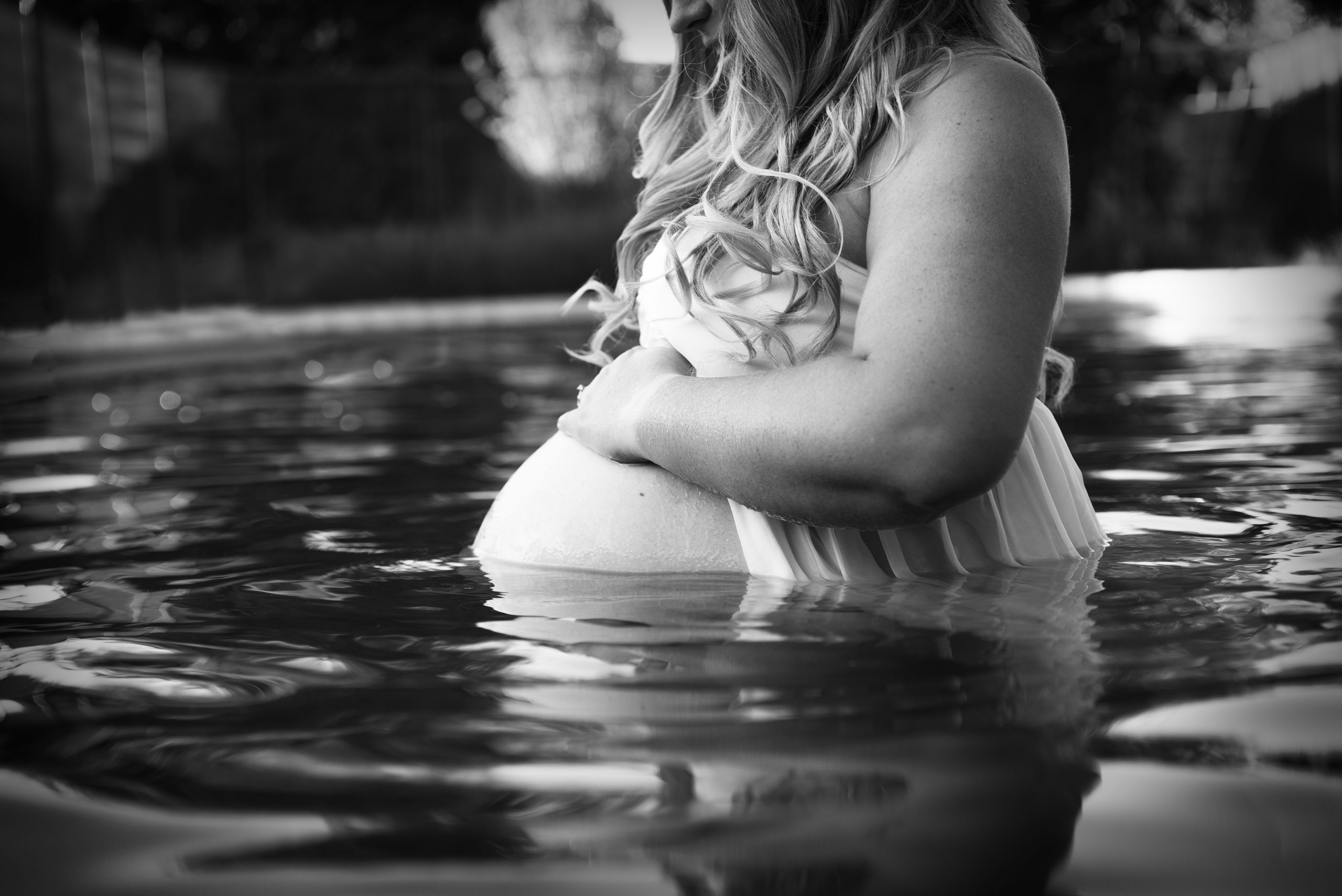
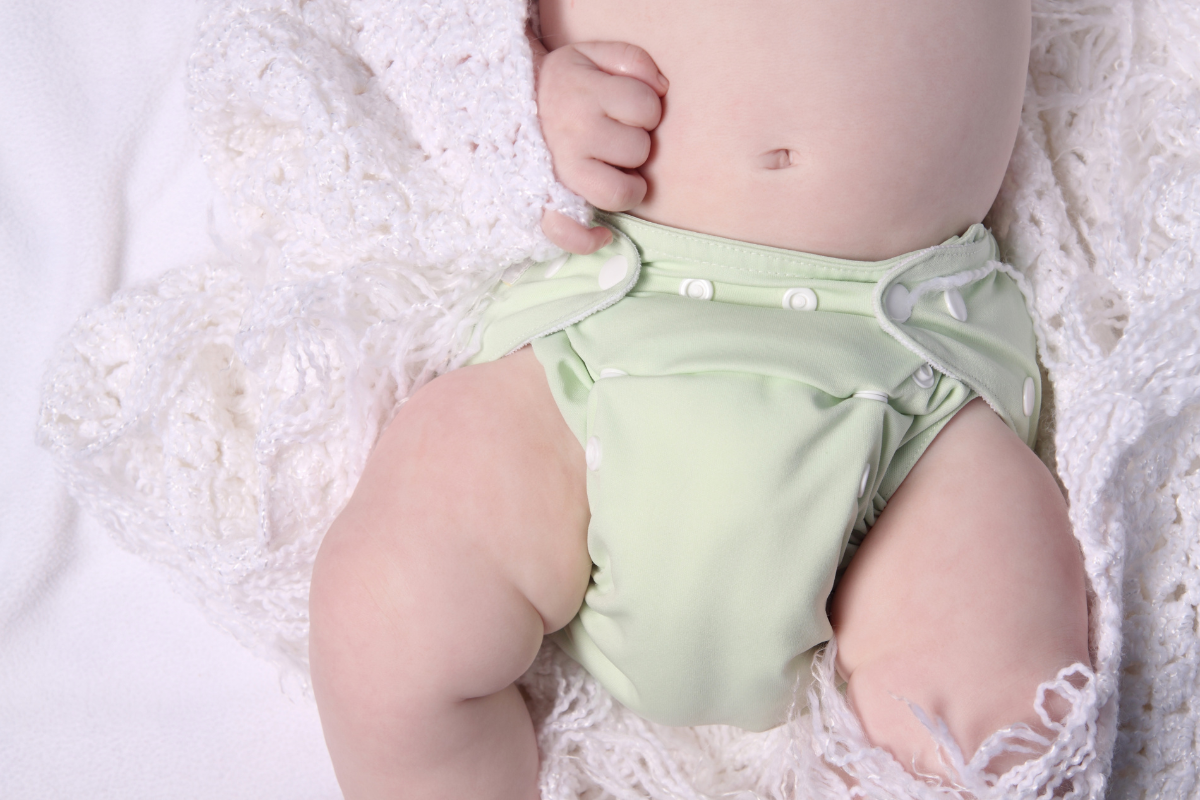



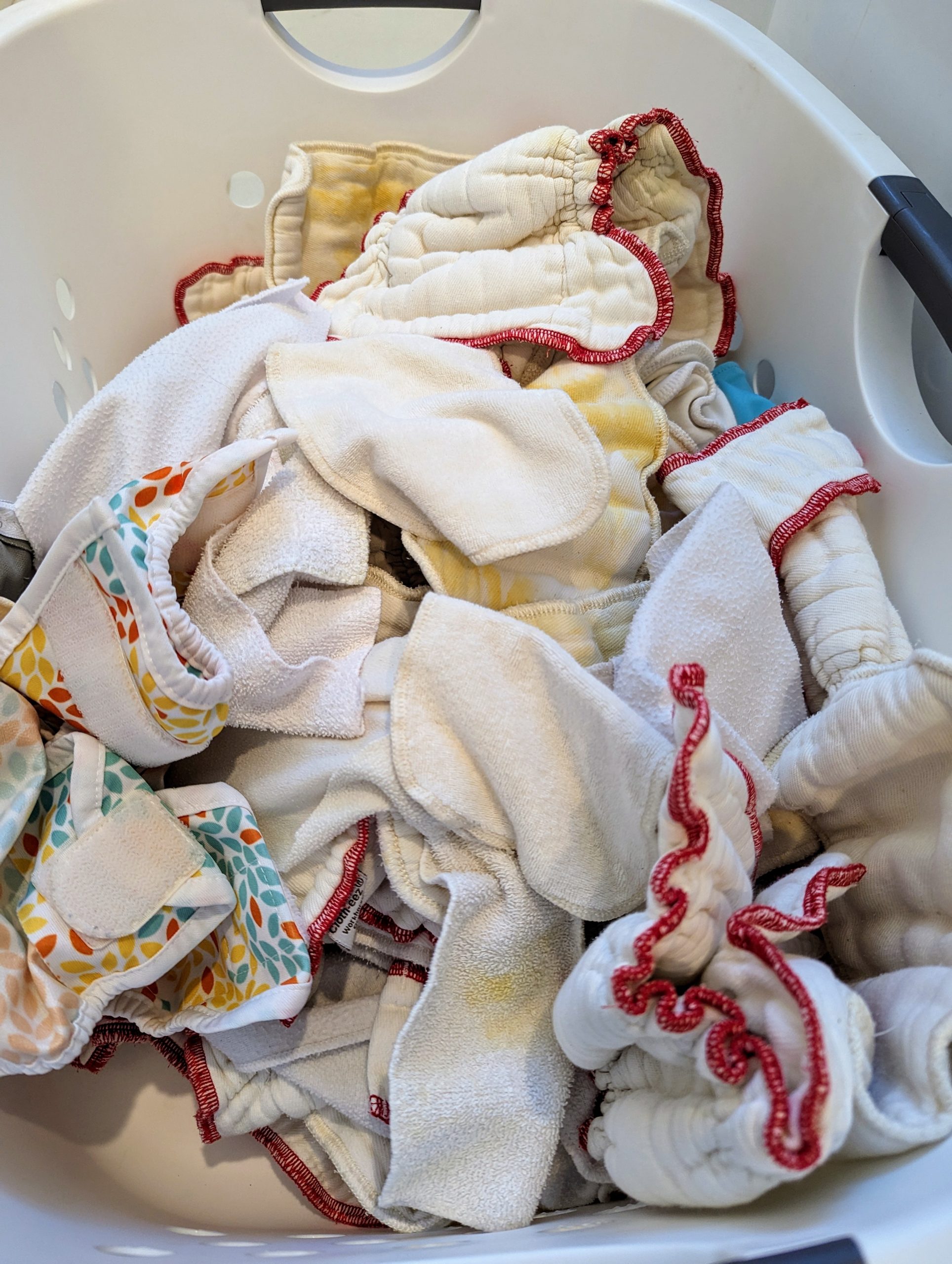
This is a great list! I wish I had thought of some of these for my home birth!
This is so helpful as I dive into researching and planning for my first baby and (Lord willing) first home birth. Thank you so much for sharing all of these tips!
Congratulations!
Super helpful! Ivr had 2 hospital and although im comfortable in a hospital a home birth has been sounding more appealing lol i really appreciate your unterview checklist and didnt evem think of referencing laws, how crazy!
Great list and ideas, thankyou!